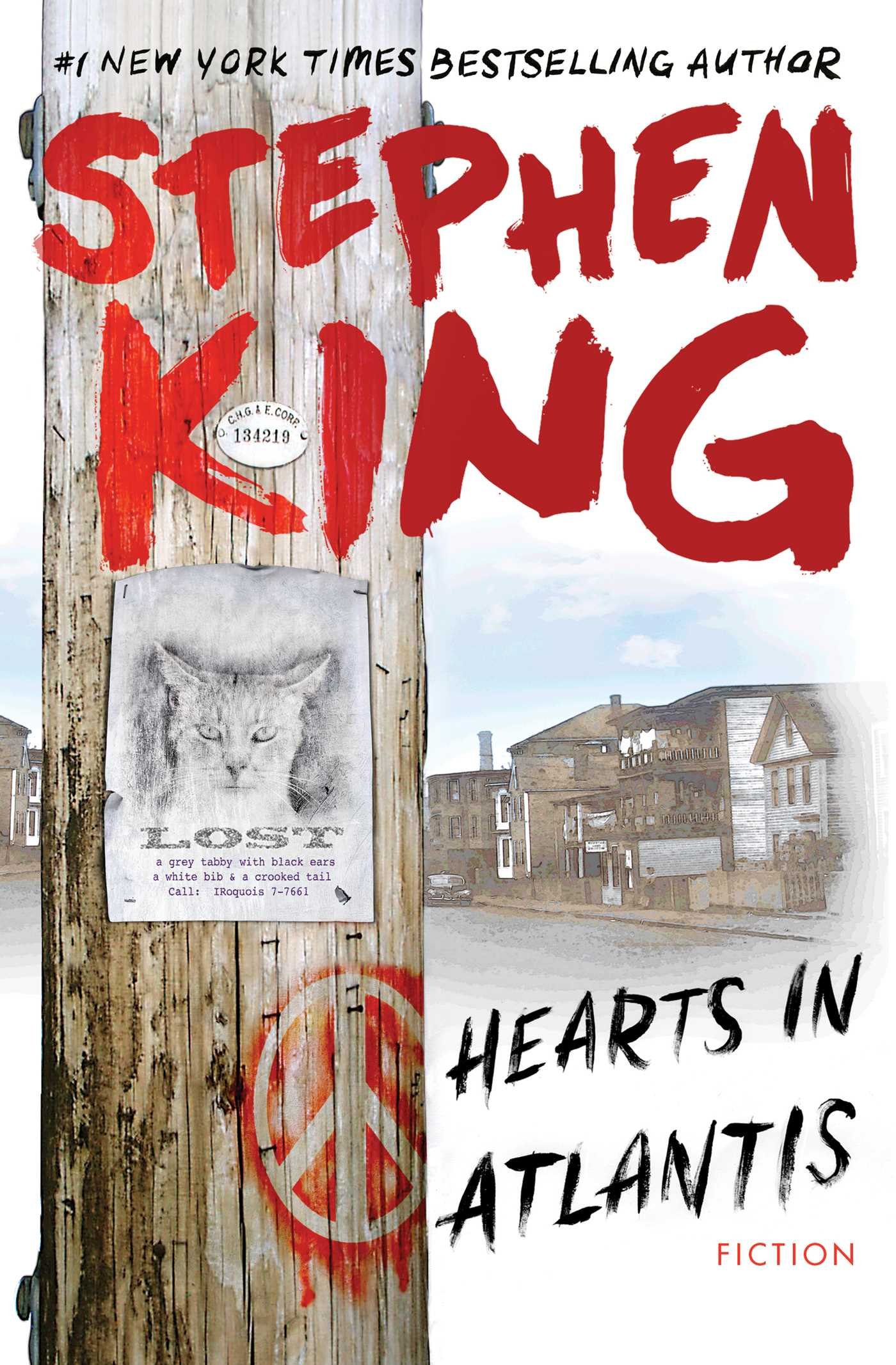Hearts in Atlantis is a not a single novel but a collection of 2 novellas and 3 short stories spanning a cast of characters as they age from children to adults in the second half of the 20th century. The main character of each story changes, but they’re all interrelated to the main set of characters introduced in the first novella. I listened to the audiobook form of this story, which was jointly read by William Hurt and Stephen King himself. The collection is a heartfelt recollection of childhood as well as a criticism of the shortcomings of the Boomer generation.
I’ll refrain from describing the stories in too much detail as they are rather short, but I’ll give a brief overview of each to frame the discussion of why I really enjoyed this set. As many are aware, there are few writers as capable of describing boyhood as well as Stephen King, and the first novella “Low Men in Yellow Coats” shines as an example of that. The main character is a young, fatherless boy named Bobby who spends most of his time with his friends John and Carol, and eventually befriends his older neighbor Ted through a mutual love of reading. Ted and Bobby develop a warm friendship and Ted becomes a father figure to Bobby. Bobby’s mother mistrusts Ted on the suspicion that he is abusing Bobby. Unlike the rest of the collection there are some paranormal elements to this story that tie into Stephen King’s larger Dark Tower universe. This story is very heartfelt and poignant in its descriptions of adolescence through Bobby’s relationship with his mother, his desired father Ted, his best friend John, and his teenage love Carol.
The second novella, “Hearts in Atlantis”, follows Peter Riley through his freshman year at the University of Maine during 1966 and the draft for the Vietnam war. Him and his friends are exempt from the draft as students, but waste their semester largely playing the card game Hearts (what the title is referencing) in their dormitory. He befriends Bobby Garfield’s old friend Carol, a burgeoning student activist who is also enrolled. Through Peter and his friend’s addiction to Hearts and Carol’s growing obsession with activism, this story focuses on the escapism that many seek as young adults.
The third story, “Blind Willie”, follows Willie Shearman (a childhood bully of Bobby, John, and Carol) who is dealing with extensive mental trauma following his service in Vietnam.
The fourth story is called “Why We’re In Vietnam”, and follows Bobby’s old friend John Sullivan reuniting with old Vietnam War comrades at a funeral. Like Willie Shearman, they are all dealing with extensive trauma, both from what they saw and what they were forced to do while they were in Vietnam. This story focuses on the society wide effects of the war on the American psyche, and how an opportunity for change following the war was instead ignored in favor of materialism and conformity.
The last story, “Heavenly Shades of Night are Falling”, has a middle-aged Bobby returning to his hometown to attend a friend’s funeral, bringing closure to the stories of several characters introduced earlier and exploring again many of the themes of the previous stories.
All in all, this collection is Stephen King at his best. Provocative, thoughtful, inspiring, and able to empathetically but critically capture the experiences of one of the most influential generations in American history as well as the growth from boyhood to adulthood. I recommend the entire collection. The first story is a 5/5, and the collective I’m giving a 3.5/5.
--Luke Melander

